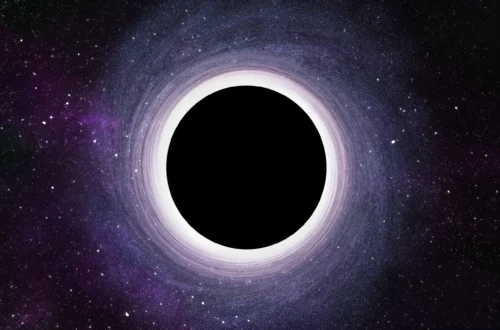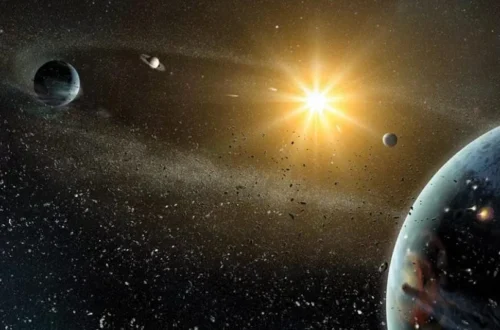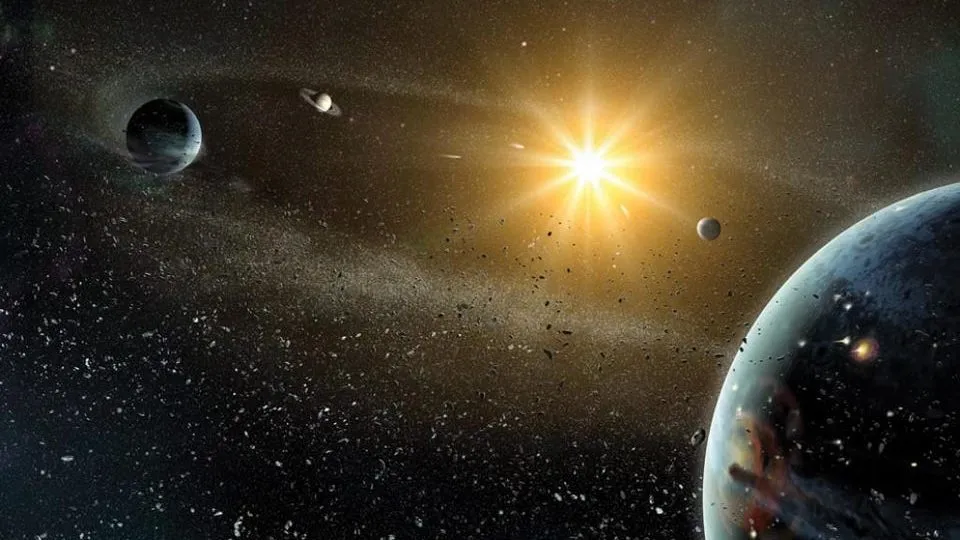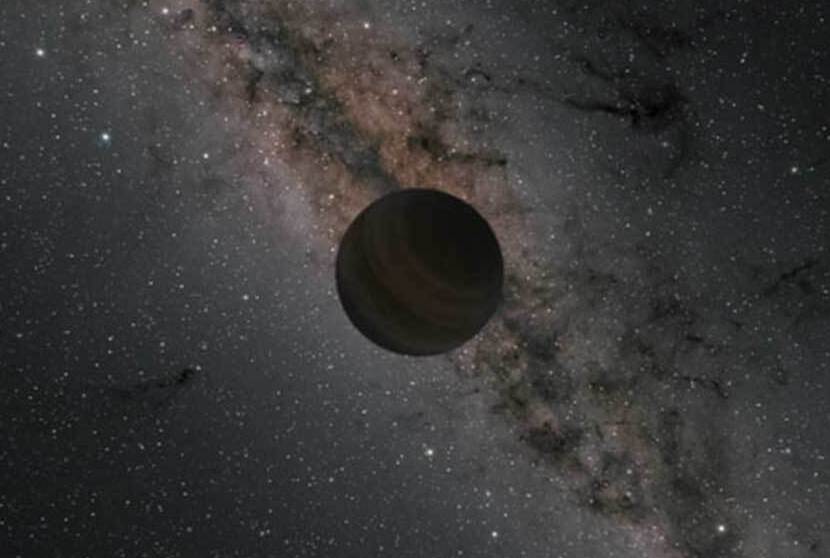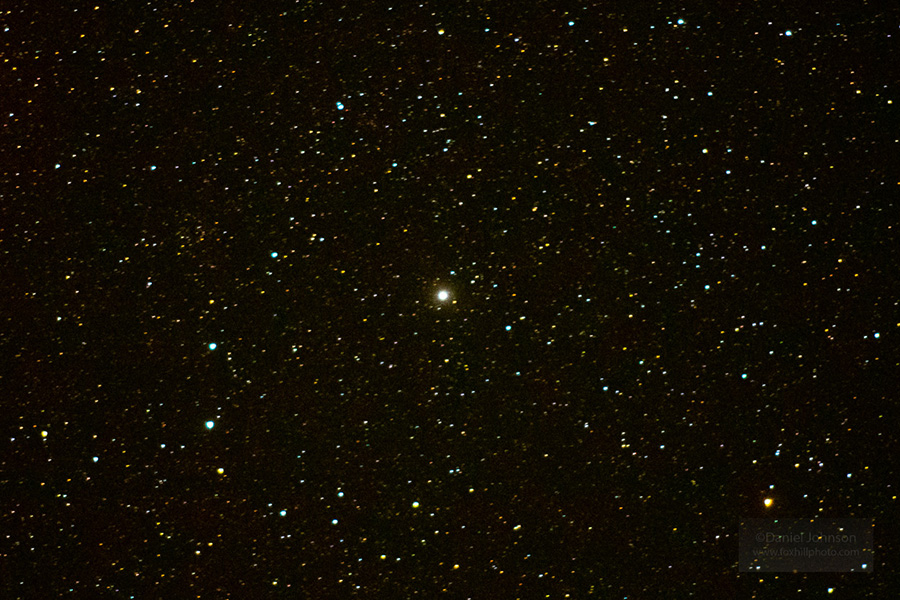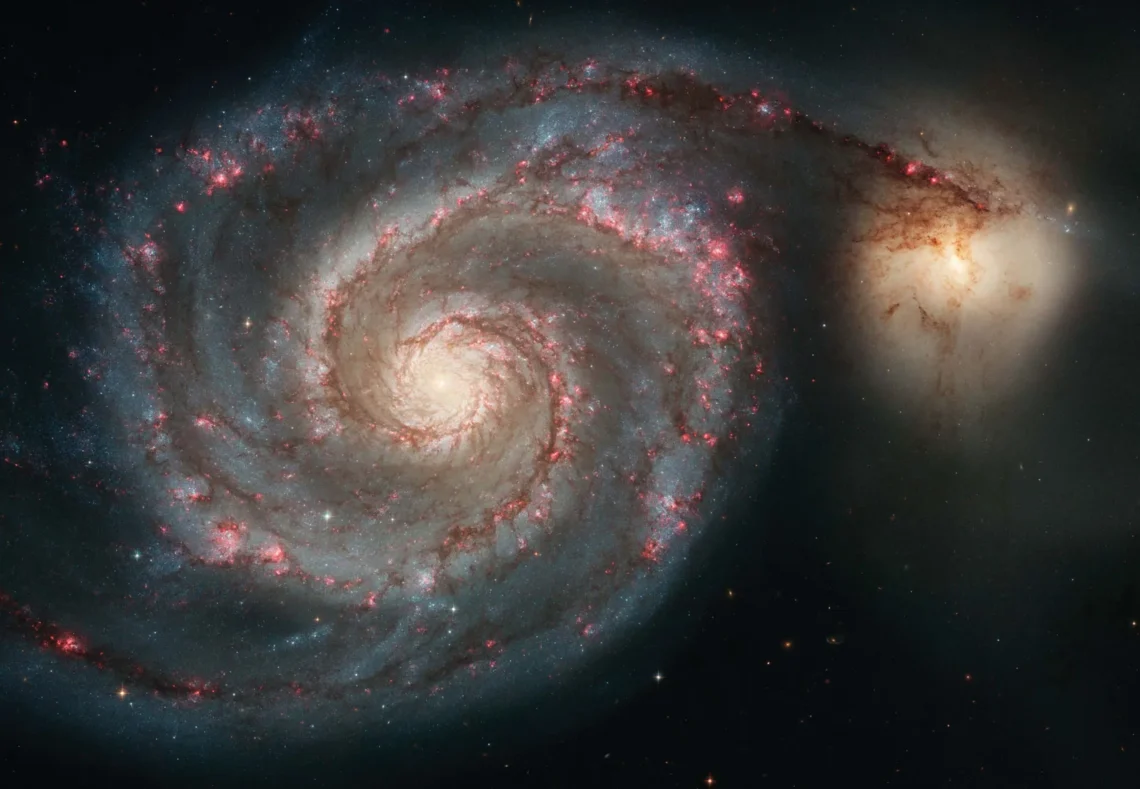Growing up in a small Pakistani village, I’d sneak onto the roof with my cousin’s telescope, hunting for Jupiter’s moons under a starry sky. Those nights sparked a dream of humanity reaching beyond Earth, a vision now unfolding in 2025 with lunar bases, Mars missions, and private space ventures. The future of space exploration is no longer sci-fi—it’s a tangible path shaping our survival, economy, and curiosity. This guide dives into where we’re headed, from colonizing planets to chasing alien life, backed by the latest 2025 data. Whether you’re a stargazer or a skeptic, let’s explore why the cosmos is…
-
-
Lying on a rooftop in rural Pakistan, I’d stare at the Milky Way, dreaming of worlds beyond. My uncle, an amateur astronomer, once showed me Jupiter through his rickety telescope, sparking a lifelong fascination with space. That wonder drives a bigger question: Why explore space when Earth has so many problems? Space exploration isn’t just about chasing stars—it’s about securing humanity’s future, sparking innovation, and answering existential questions. In this guide, we’ll explore why venturing into the cosmos matters, from technological leaps to survival strategies, using 2025’s latest insights. Whether you’re a dreamer or a skeptic, let’s dive into why…
-
As a kid in a small Pakistani village, I’d lie on the roof under a star-packed sky, imagining monsters hiding in the dark patches. Years later, at an astronomy talk, I learned those patches could hide black holes—cosmic beasts so strange they bend reality itself. The idea gripped me, and it’s no wonder black holes captivate everyone from beginners to astrophysicists. In this guide, we’ll dive into what black holes are, how they form, their types, and why they’re key to understanding the universe. With 2025’s latest discoveries, we’ll unpack their secrets and share how you can explore them yourself.…
-
Growing up in a small village in Pakistan, I’d spend summer nights on the roof, staring at the stars with my uncle’s old telescope. One night, he pointed out a bright speck—Jupiter—and told me it was a massive ball of gas, not rock like Earth. That blew my mind and hooked me on the cosmos. Gas planets, or gas giants, are the solar system’s heavyweights, massive worlds of swirling gases and mysteries. In this guide, we’ll explore what defines these planets, dive into their unique traits, and share how you can observe them yourself. With 2025’s latest data, we’ll cover…
-
A few summers ago, I joined a stargazing group in the hills of northern Pakistan, where the Milky Way blazed like a cosmic highway. As we marveled at the stars, our guide dropped a bombshell: most planets in the universe might not orbit stars at all—they’re rogue, drifting alone in the void. That idea stuck with me, sparking wonder about these mysterious free-floaters. This guide dives into the world of rogue planets, their prevalence, how they form, and why they matter. With 2025’s latest telescope data, we’ll unpack their secrets, estimate their numbers, and share ways you can explore the…
-
Staring at a clear night sky, I remember camping in the remote hills of northern Pakistan, where the Milky Way looked like a river of light. My friend pointed at the stars and asked, “How many are out there?” That question, so simple yet profound, sent me down a rabbit hole of cosmic wonder. Estimating the number of stars in space is like trying to count grains of sand on every beach—it’s mind-boggling but thrilling. In this guide, we’ll unravel the science behind this question, explore galaxies, and share tools to help you connect with the starry expanse yourself. Whether…
-
I’ve always been that guy who drags friends out to dark fields on clear nights, pointing at the stars and wondering if someone’s looking back. A few years ago, during a road trip through the deserts of New Mexico, I stopped at a remote spot and lay on the car hood, staring at the Milky Way. The sheer vastness hit me: How many worlds out there could harbor life? It’s a question that’s haunted humans for ages, blending science with a touch of hope. Today, with telescopes like JWST peering deeper than ever, we’re closer to answers. This guide breaks…
-
I’ll never forget that warm July evening a few years back when I dragged my family out to a dark field away from the city lights. We lay on blankets, necks craned upward, and there it was—the Big Dipper, hanging like a cosmic ladle in the northwest sky. My kids giggled at how it looked ready to scoop up stars, and that simple sight turned into hours of stories about navigation and ancient myths. If you’ve ever wondered about those seven bright stars twinkling in the summer night, you’re in for a treat. This guide dives deep into the Big…
-
Picture this: I was about ten years old, sneaking out to the backyard with my dad’s old binoculars. The night sky looked like a velvet blanket sprinkled with diamonds, but one hazy streak caught my eye—the Milky Way. Back then, I had no clue it was our home galaxy, a swirling island of stars in an endless sea. That moment sparked a lifelong fascination with these vast structures. If you’re new to astronomy, this guide will walk you through what galaxies are, why they matter, and how you can start exploring them yourself. We’ll keep it simple, fun, and packed…
-
I remember as a kid, sprawled out on a dewy lawn during summer nights, staring up at the sky. The stars seemed like distant fireflies, but little did I know they were part of something much bigger—a galaxy. That sense of wonder never left me, and it’s what draws so many of us to astronomy. Today, let’s dive deep into what a galaxy really is, blending science with stories to make it feel alive. We’ll explore definitions, types, our own Milky Way, and even how to spot these cosmic giants yourself. The Basic Definition of a Galaxy At its core,…


